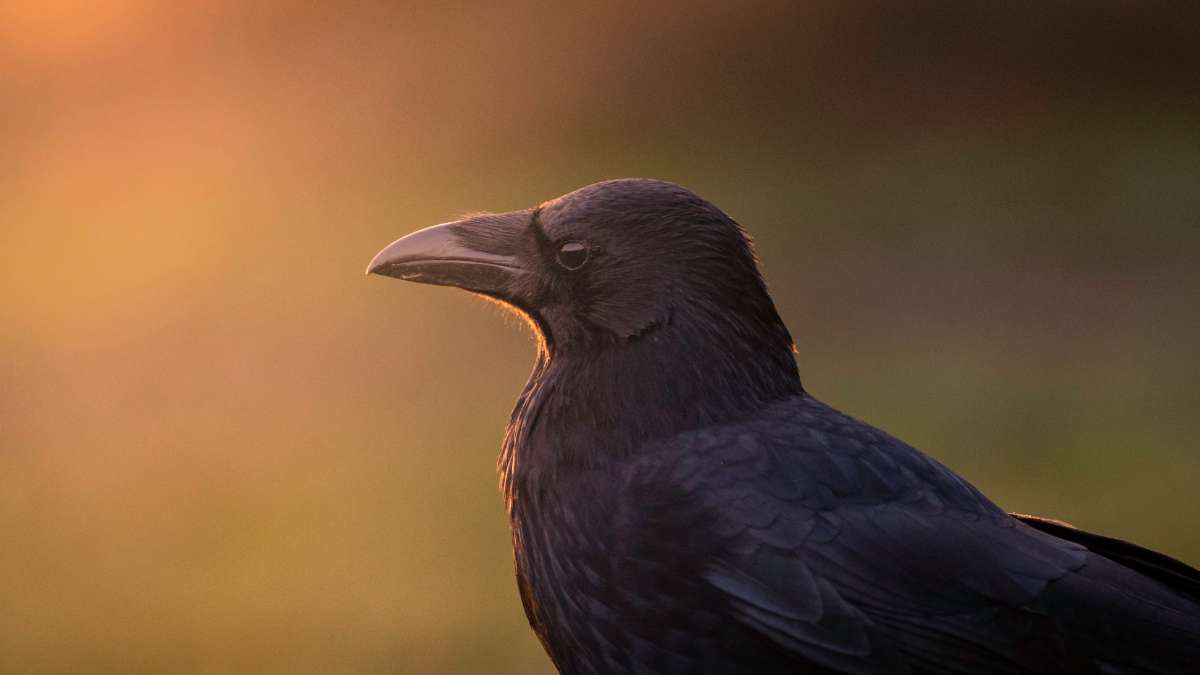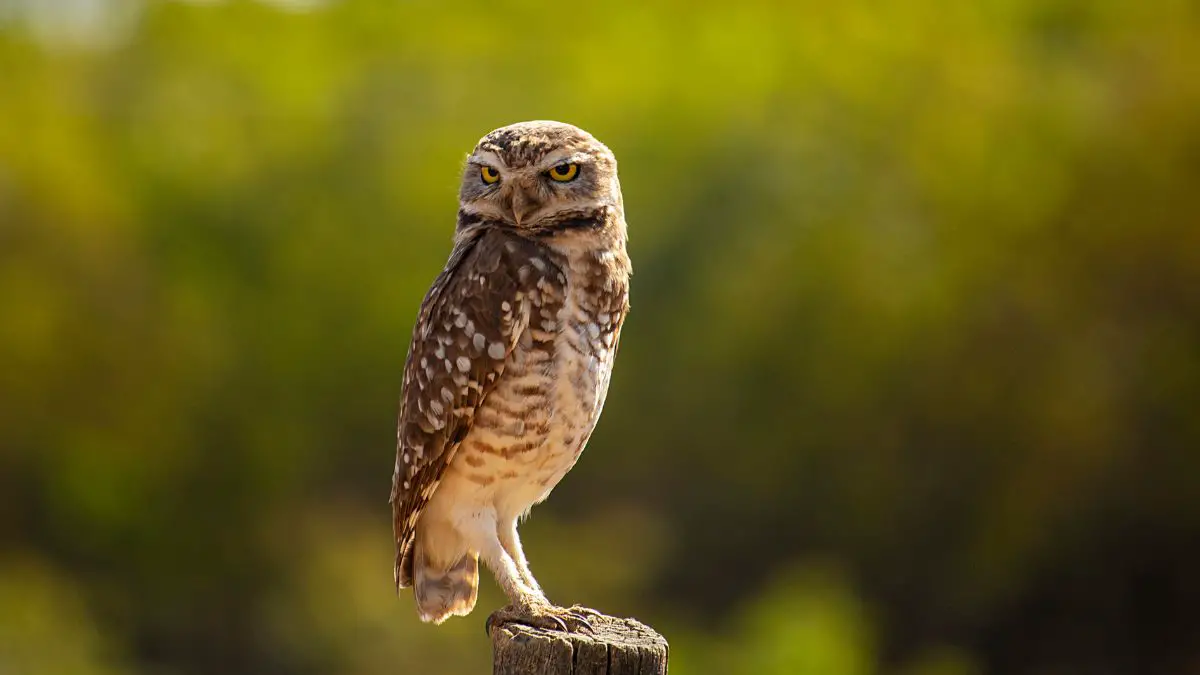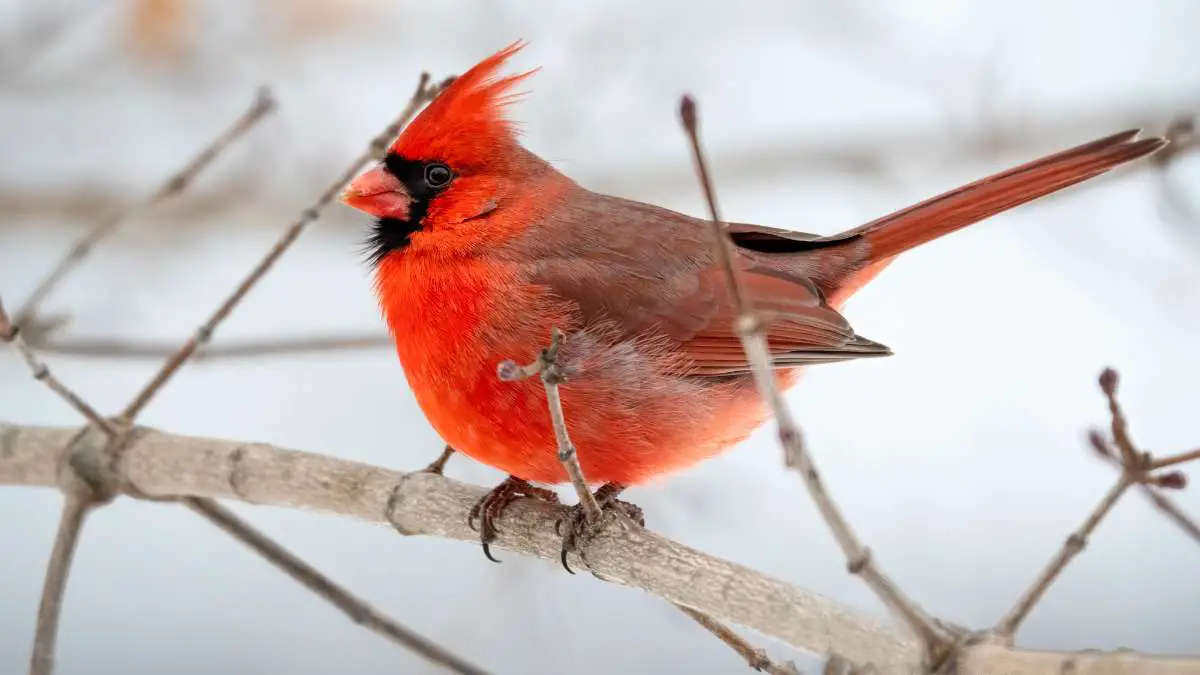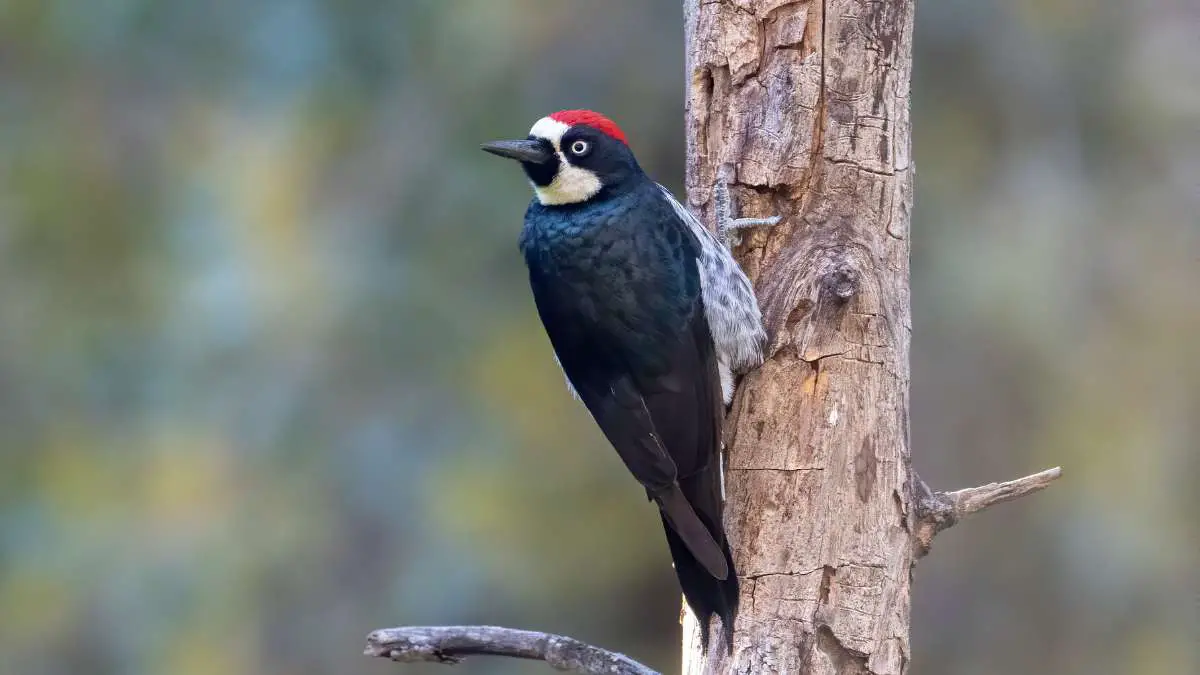Crows, with their distinctive black feathers and cawing calls, are not just birds of the day; they have nighttime secrets too.
Have you ever wondered how crows catch some z’s? These enigmatic birds, often associated with intelligence and mystery, have their own unique way of getting some shut-eye.
In this blog article, we’ll dig into the fascinating world of crow sleep, uncovering where they choose to rest, how they do it, and just how long they stay in slumber.
Where Do Crows Choose to Sleep?
Crows: Nature’s Nocturnal Navigators
Crows, those inky-feathered avian marvels, have a keen eye for selecting their nightly abode. When the sun dips below the horizon, crows retreat to the embrace of nature’s embrace.
Dense forests, tranquil woodlands, and inviting parks are their preferred sanctuaries. These serene locales offer more than just a safe haven for slumber.
They provide an all-you-can-eat buffet for these omnivorous birds, teeming with insects, small mammals, and plant matter. Crows, in their choice of natural habitats, ingeniously merge rest with replenishment.

Urban Expeditions: Crow’s City Adventures
In bustling urban areas, crows don’t just survive; they thrive. Rooftops, high-rise buildings, and sprawling city parks become their unconventional nocturnal playgrounds.
The concrete jungle presents unique opportunities and challenges. Crows adapt to the concrete canopy by nestling amidst skyscraper silhouettes.
While they enjoy proximity to human scraps and discarded tidbits, they must also contend with the commotion of city life. Yet, their resilience shines, proving that these winged denizens can adapt to the relentless buzz of the cityscape.
Unconventional Choices: Crow’s Creative Comfort
Crows occasionally surprise us with their choice of sleep locales. From perching on power lines to cozying up in chimneys and even resting atop highway signs, their creativity knows no bounds.
What leads them to these unexpected spots? It’s their adaptability and resourcefulness. Power lines offer elevated safety from ground-based predators, while chimneys provide warmth during chilly nights.
When they perch on power lines, usually roost as a pair, and often each bird looks at either side of the periphery to ensure safety. Thus, they can ensure alertness for 360 degrees (as shown in the figure)

Highway signs, looming high above, offer both a vantage point and a strategic refuge.
In the world of crow sleep, it’s clear that these clever corvids are not just choosy about where they rest; they’re strategic about it too.
Their habitat choices tell tales of ecological significance, urban adaptability, and ingenious creativity.
The Intricate Art of Crow Sleep
Crow Sleep Positions: Perched and Prepared
When it comes to sleep, crows have perfected the art of being adaptable. Their repertoire includes standing and perching, cleverly designed to serve dual purposes.
Standing allows them to stay vigilant even during a short nap, ensuring quick takeoffs if danger approaches. Perching, on the other hand, lets them balance on narrow branches without losing their grip.
It’s a remarkable balancing act, ensuring both rest and readiness.
Decoding Crow Sleep Posture
To understand crow sleep, one must decipher their body language. Crows are masters at tucking their heads under their wings and fluffing their feathers for insulation and comfort.
This tucked-in posture not only conserves body heat but also serves as a signal to other crows that they are in repose.
It’s akin to a “do not disturb” sign in the avian world, showing a subtle yet significant aspect of crow communication.
Slumber Parties in the Sky
Crow sleep isn’t a solitary affair; it’s often a social event. These highly intelligent birds prefer to nestle together in groups, a behavior with several advantages.
Group sleeping offers protection from predators, as more eyes and ears are alert to danger. It also fosters social bonds, strengthening their cooperative tendencies during daytime activities.
Observing these group dynamics when they are above to sleep is a phenomenal glimpse into the complex social lives of crows.
Counting the Hours: How long do crows sleep?
The Myth of Nocturnality:
It’s time to debunk a common myth: crows aren’t strictly night owls. While often associated with nighttime, these smart birds exhibit crepuscular tendencies, meaning they’re most active during the transitional periods of dawn and dusk.
Seasonal variations also play a role in crow sleep patterns, with longer nights during winter leading to extended rest periods.
The Role of Sleep in Crow Survival:
Sleep isn’t just a leisure activity for crows; it’s essential for their survival and cognitive prowess.
Studies have shown that adequate sleep is closely linked to problem-solving abilities in these birds. It’s during sleep that their brains consolidate memories and process information.
This cognitive advantage could be the key to their success in adapting to various environments.
How long do they sleep
There is no solid answer to this question, but in temperate regions, they sleep for long periods during winter, but in tropical regions, it is nearly 10 hours if not disturbed.
But keep in mind that they do not have a chance to feel the essence of continuous sleep as even the slightest sound or a disturbance may cause interrupted sleep.
Why Crow Matters: Ecological and Behavioral Significance
Ecological Impact:
Crows are more than just black-feathered denizens of the skies; they play vital ecological roles. Their foraging habits help keep ecosystems clean by controlling food waste and removing dead animals’ carcasses.
Disturbances to crow populations or sleep patterns can have unforeseen consequences as sleep is important to the performance of every living being.
A disrupted crow population may lead to unchecked cleaning processes done by them or imbalanced ecosystem dynamics, underlining the importance of understanding where, how, and how long these birds rest.
Behavioral Implications:
Crow sleep isn’t just a solitary endeavor; it’s tightly linked to their behavior. Their slumber, influenced by territoriality and social dynamics, can provide valuable insights into their lives.
There is a paucity of information on the sleep dynamics of crows that any researcher can easily uncover. Further how they change their sleeping schedule along with their growth rate and maturity is yet to be answered.
Dispelling Myths About Crow Sleep
Common Misconceptions:
Crow sleep is shrouded in mystery, often obscured by myths and misconceptions. One of the most prevalent fallacies is that crows are sinister creatures due to their nocturnal presence (probably due to activity during dusk).
It’s crucial to set the record straight and debunk these misconceptions. Crows are not agents of darkness but fascinating beings with their own unique sleep patterns and habits.
Addressing Misconceptions:
To dispel these myths, we turn to science. Systematic observations have illuminated the truth about crow sleep. These birds are not nocturnal; but they do exhibit crepuscular behavior, active during the transitional periods of dawn and dusk.
They are far from sinister; in fact, they play crucial roles in ecosystems, cleaning the environment as they are popular scavengers, helping control insect populations, and aiding in seed dispersal (yes they do contribute to seed dispersal see these studies by the University of Hokkaido and the University of Cape Town).
Conclusion: Navigating the Complex World of Crow Sleep
From the high branches of trees to the hidden nooks of our urban landscapes, crows find their unique sanctuaries to catch some Z’s.
They’re masters of napping in plain sight, proving their adaptability in the world of avian slumber.
But beyond their sleep patterns, we’ve delved into the importance of respecting and protecting these remarkable avian creatures.
Crows, with their intelligence and societal bonds, play a vital role in our ecosystems. As stewards of our environment, it’s crucial that we safeguard their habitats and ensure their well-being.




